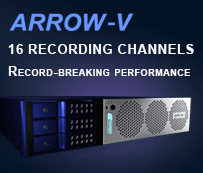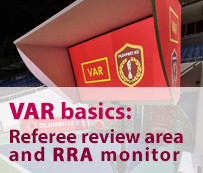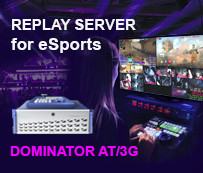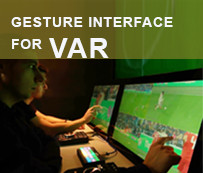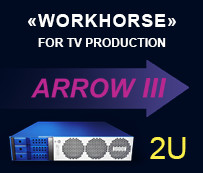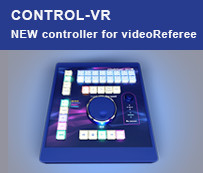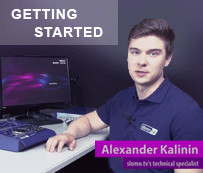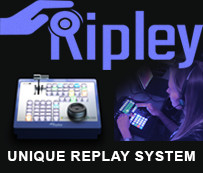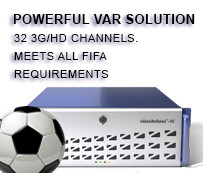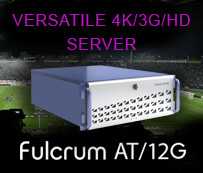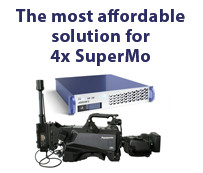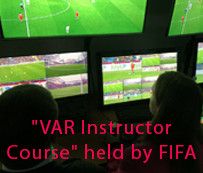A modern sports arena requires a unified system for managing information within the venue, which is based on IPTV technology and supports multimedia management. The main goals of this system are to provide updates to the audience and to create a community of fans.
In this article, we look at how two subsystems − media surfaces and IPTV − work together to create an information channel that is independent of traditional television. This channel can attract a large audience while providing additional monetization opportunities.
The SLOMO.TV Arena Media Manager system is created to manage media content on large screens in public spaces such as sports arenas. The Arena Media Manager system is based on IPTV technology and operates over a local area network (LAN) or over the internet. It enables easy sharing of various types of information, including videos, throughout the venue. The aim of IPTV visualization systems is to engage visitors and turn them into loyal customers or fans, as well as to enhance media coverage, regardless of the venue type — be it a local club's arena or a multipurpose stadium. Now let's focus on some of the technical features of the system.
Typically, IPTV provides a synchronous video broadcast (a continuous video display focused on a location or event) to multiple receivers (media screens). In addition to standard uses, IPTV allows for a second-screen experience through apps or browsers on personal devices, accessible by scanning QR codes from venue screens. This screen mode can be utilized for purchasing tickets for upcoming events, playing interactive games, ordering food and taking quizzes about the ongoing match or event, all of which are designed to entertain and engage the audience.
The media surfaces of the arena, both indoor and outdoor, are used to display different types of information. External structures, such as media facades and LED pillars, are designed to show video content, which can vary in nature. They can display local news, weather forecasts, temperature readings, traffic reports, as well as live broadcasts or replays of ongoing matches or concerts, and commercial advertisements, thereby boosting the site's income.
The variety of internal media surfaces available in the arena − including LED video cubes, large high-definition screens, video walls and perimeter boards − ensures that every event is engaging and dynamic. Modern technology also allows for the use of massive screens up to 50 x 60 metres, enhancing the visual experience and creating an immersive atmosphere.
The typical arena consists of two main areas: the first one includes the event site (field or stage) and the stands (auditorium), while the second one covers the remaining space, such as food courts, corridors, and lounge zones. Consequently, visitors may enjoy content from different media surfaces throughout the venue.
When preparing content such as sponsorship videos, team lineups, promo videos, and entertaining statistics, it is critical for the director to plan the event scenario in advance. This allows the director to seamlessly launch the prepared materials and quickly switch from them to the live events happening on site (goals, replays, etc.) and back.
The event director can use Arena Media Manager to dynamically manage the content displayed in the main arena hall and other facilities, including graphics, replays, broadcasts, and events displayed on the cube, perimeter, and other screens. The technical team should develop playlists and schedules for specific groups of media screens located in different zones of the venue.
The Arena Media Manager system uses media screens in corridors, lobbies and restaurants to deliver location- and time-specific content. In the food court, viewers see advertisements promoting a variety of culinary delights. Lounge areas provide information on useful on-site services. The lobby displays announcements of upcoming events. This approach ensures that visitors receive timely and relevant information, enhancing their experience.
The Arena Media Manager system provides synchronized control over multiple channels and is proficient in managing complex playlists. It excels in organizing and controlling pre-arranged events and clips across a wide range of media devices. Moreover, it offers dynamic management capabilities to broadcast real-time events, such as ongoing games or concerts. During halftime or intermissions, the content delivered varies, providing either entertainment or informative materials.
Arena Media Manager is a tool designed to assist venues in organizing all types of large events, not only sports competitions, but also entertainment shows. It allows smooth integration with external systems used for concerts, such as DJ equipment and lighting systems. This seamless operation increases automation and improves the overall efficiency of event management.
Arena Media Manager ensures a dynamic and synchronized display of information, whether pre-prepared or generated in real time, across all media surfaces.





